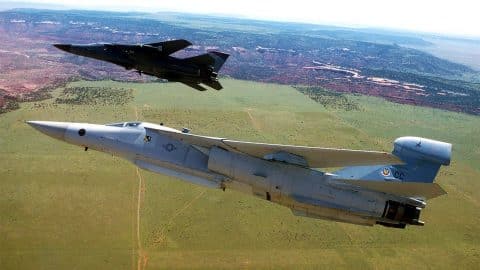
YouTube / Dark Skies
Before the Gulf War, the US military had already embraced the concept of electronic warfare as a means to fool and deceive enemy electronic capabilities while keeping its own forces safe from other types of assault.
With that in mind, the US Air Force contracted Grumman in 1972 to convert 42 F-111As into electronic warfare aircraft. This new aircraft was picked to replace the old Douglas EB-66E Destroyer.
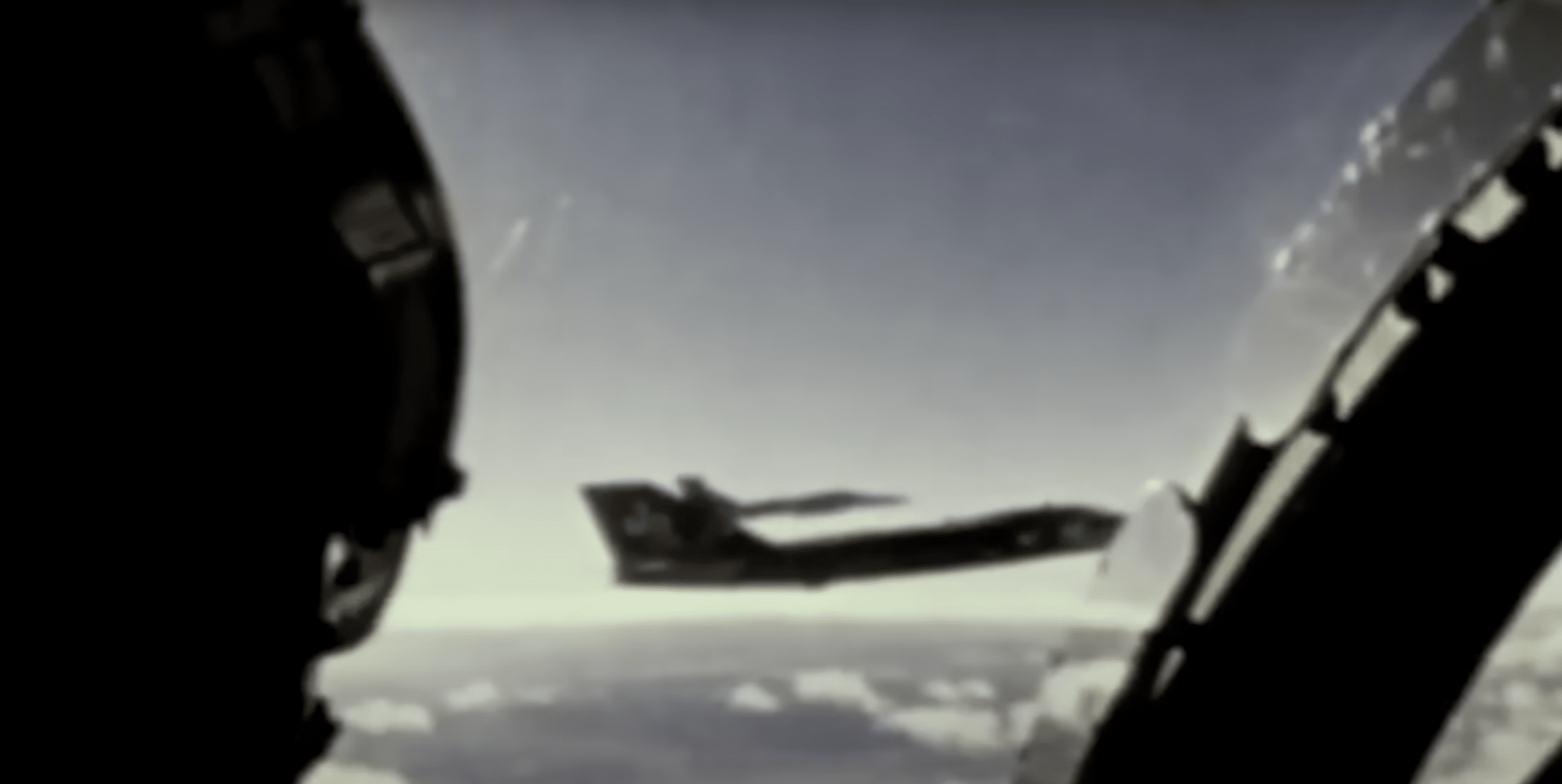
The Air Force then decided to modernize the concept by stripping a supersonic aircraft of its weapons and replacing them with an arsenal of electronic devices that looked to actively disrupt enemy electronic activity in the battlefield.
This included fitting in an improved AN/APQ-160 radar for ground mapping, and an AN/ALQ-99E jamming system from the Navy’s Prowler project. The “Raven”, as it was called, was also equipped with an ALR-62 Countermeasures Receiving System for its radar homing and warning system.
The completely new system added over 6,000 lbs to the existing airframe, prompting several changes to its layout. The flight and navigation displays were now to the pilot’s side, and the flight controls were mostly taken away from the other seat. In place of it were instrumentation and controls operated by the electronics warfare officer.
Most importantly, the addition of this modernized system meant the aircraft now has no means of protecting itself.
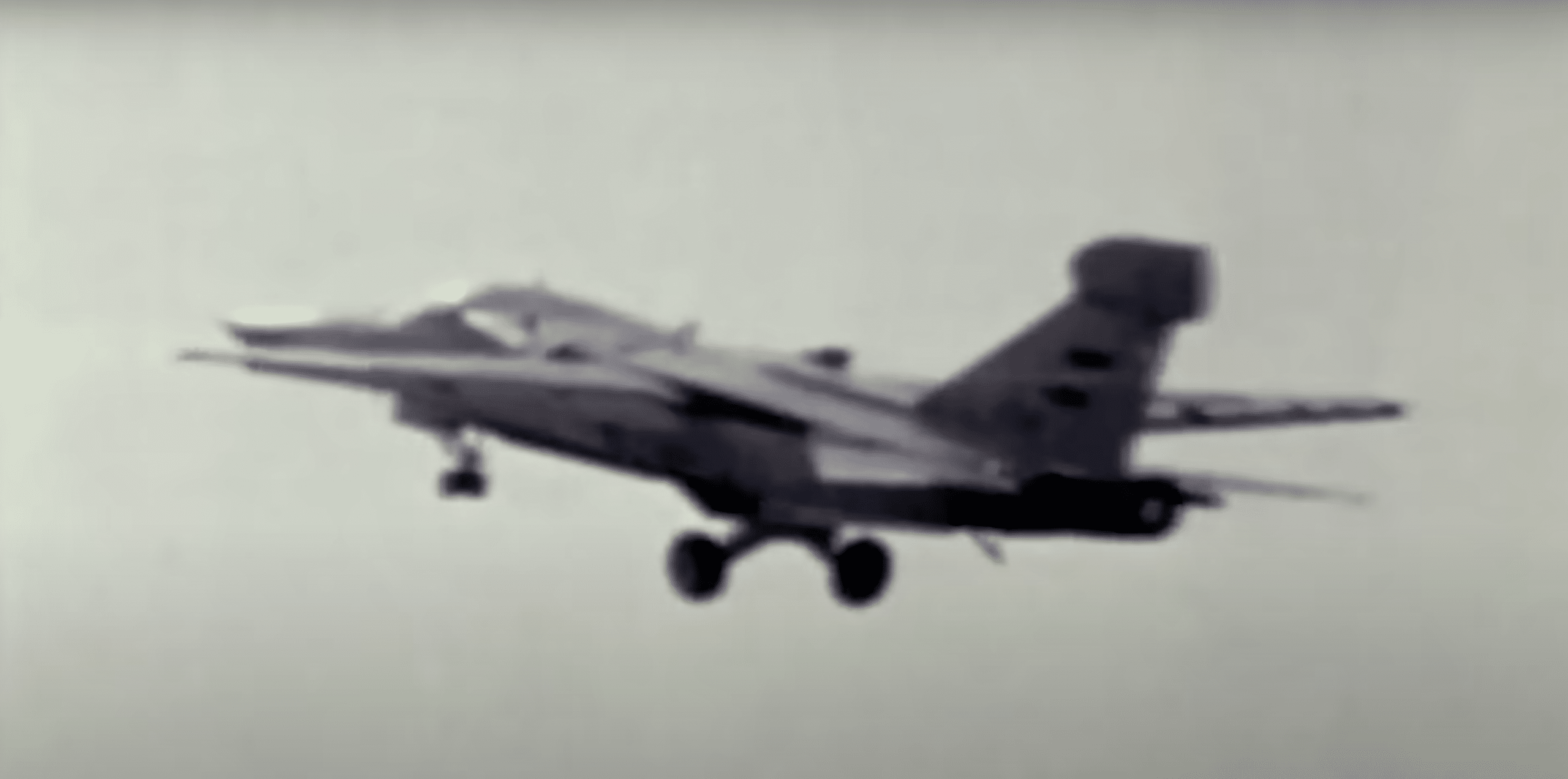
On January 17, 1991, Captain James Denton and Brent Brandon were tasked in operating the new F-111 Raven to aid in an air operation to test Iraqi defenses in the region.
To accomplish the mission, they’d have to fly very low and rely on American F-15s and F-16s to repel any attempts to target the Raven. As soon as they made it to enemy territory, Denton descended to 1,000 ft and began its work.
In response, the Iraqis sent out dozens of MiGs and Mirages to intercept the attackers.
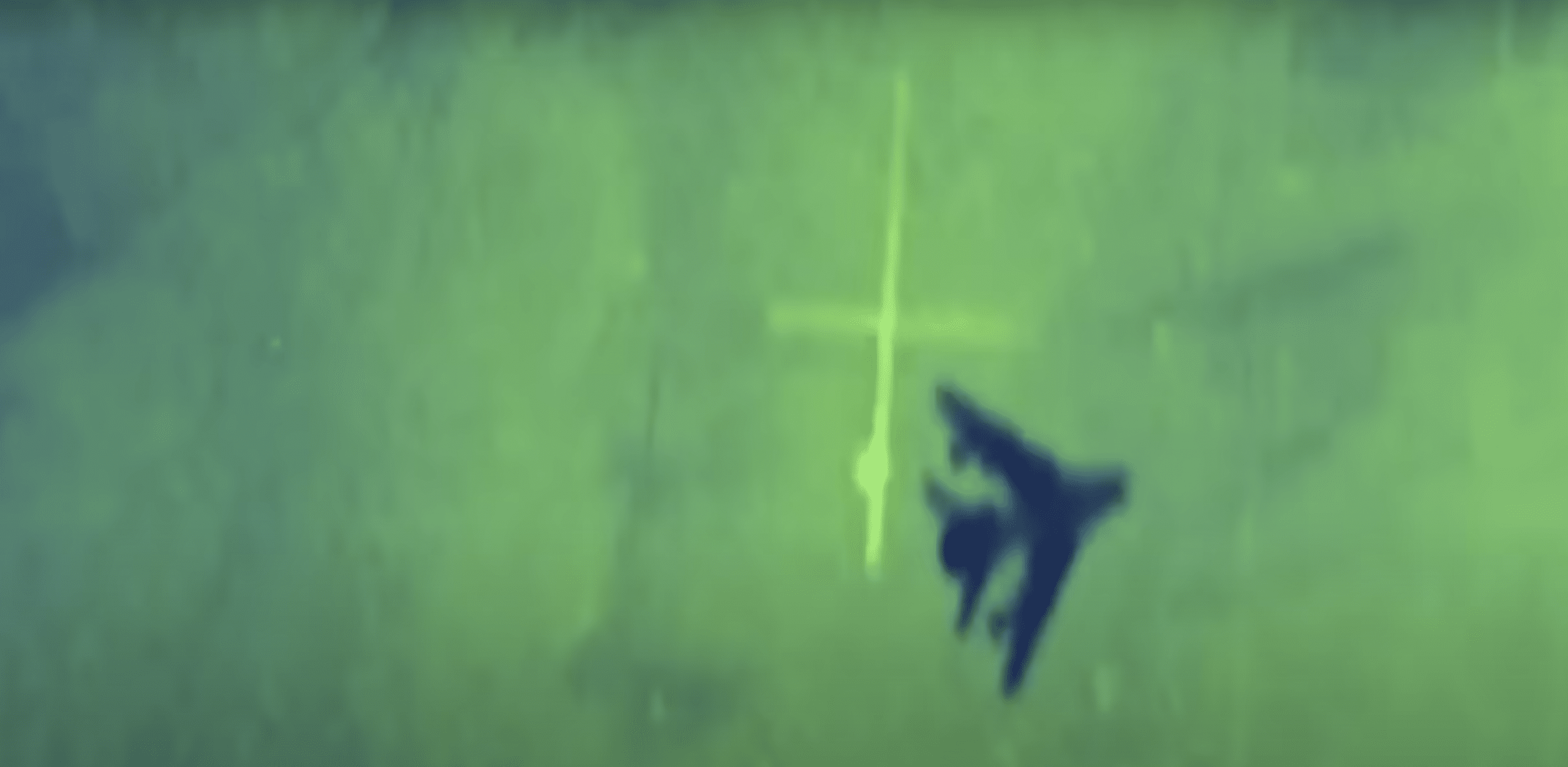
As they engaged each other above the desert, one Iraqi Mirage fighter gained altitude and fired a missile in desperation. The two engaged in several evasive maneuvers as they tried to stay away from each other’s crosshairs. However, the Mirage pilot managed to deploy his flares and promptly lost the American F-15C it was up against.
As he broke free, the Iraqi pilot caught sight of the low-flying Raven and accelerated in attempt to take it down.
The Mirage launched an R.550 air-to-air missile at the Raven, prompting the crew to deploy its flares. After a few moments, the Mirage was able to return to finish what it started. It fired another missile, forcing Denton to do another evasive maneuver which slammed both airmen back into their seats.
By then, the Mirage had already depleted its entire payload of AA missiles, driving the pilot to finish off the Raven with its twin DEFA cannons.
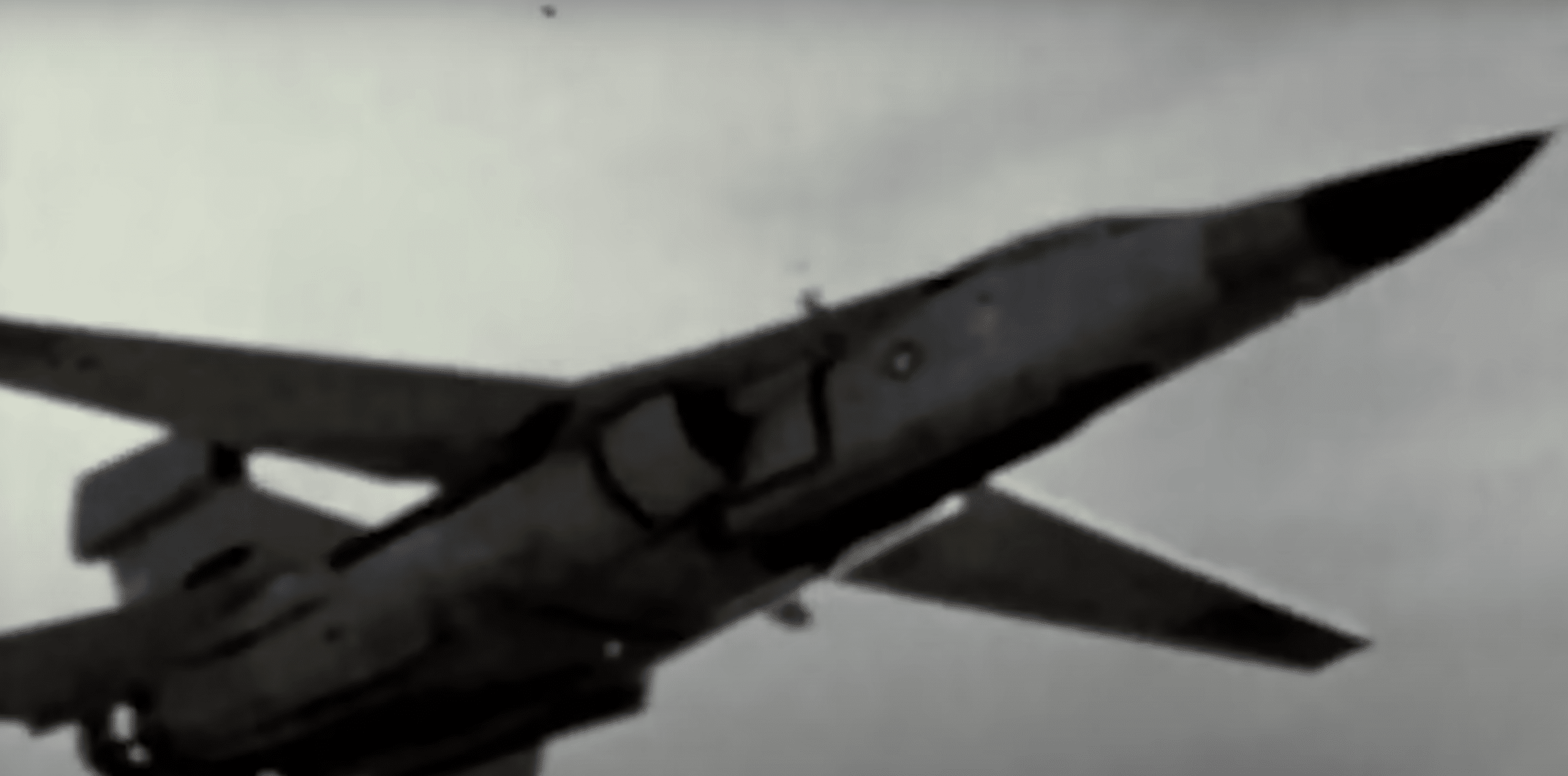
The Raven then leveled a few dozen feet from the ground, solely relying on the terrain-following radar built into the jet as darkness swallowed their surroundings. The American crew whizzed along, dodging several dunes and obstacles along the way.
Denton then yanked the stick back towards his chest and pushed the throttles forward, causing the aircraft to surge into a supersonic climb.
The mixture of target fixation and loss of situational awareness amid the darkness and low altitude proved to be too much for the Iraqi pilot, forcing him to crash into the desert.
Despite not firing a shot, the airmen managed to achieve the first-ever air-to-air kill by an F-111 Raven in its entire service history. Their actions that day earned them both the Distinguished Flying Cross.